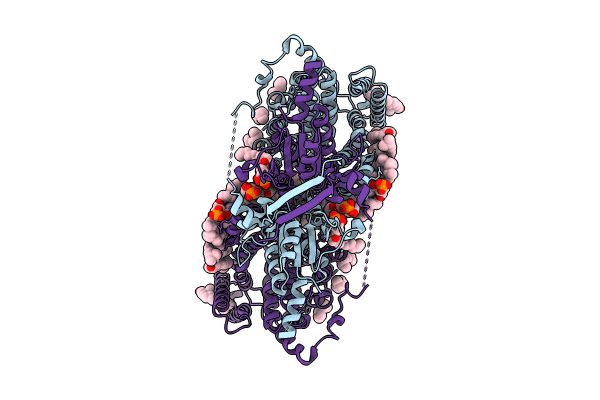
Deposition Date
2023-04-13
Release Date
2024-02-07
Last Version Date
2025-05-21
Method Details:
Experimental Method:
Resolution:
2.50 Å
Aggregation State:
PARTICLE
Reconstruction Method:
SINGLE PARTICLE


